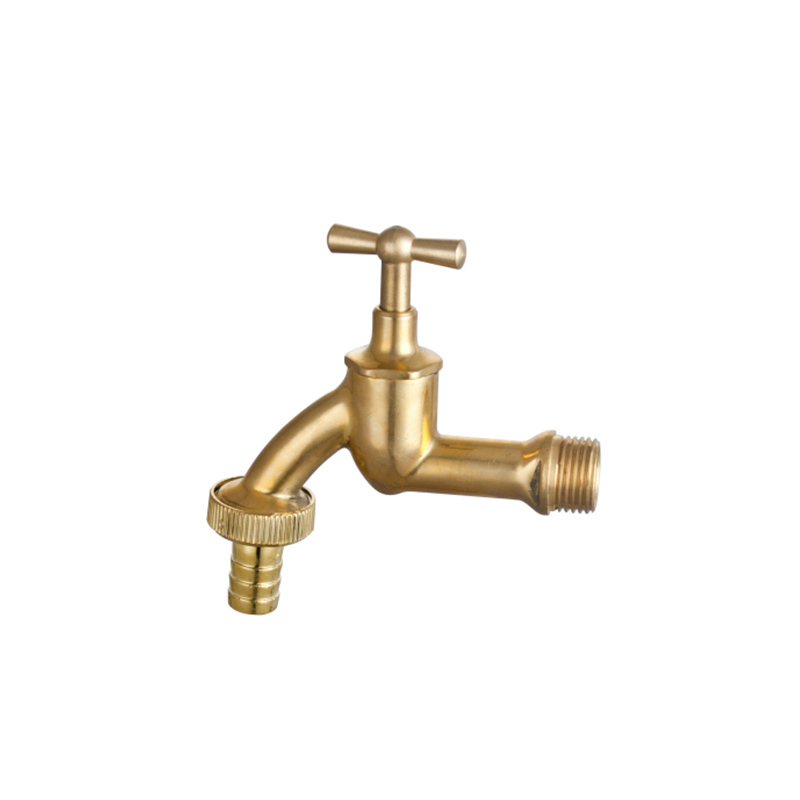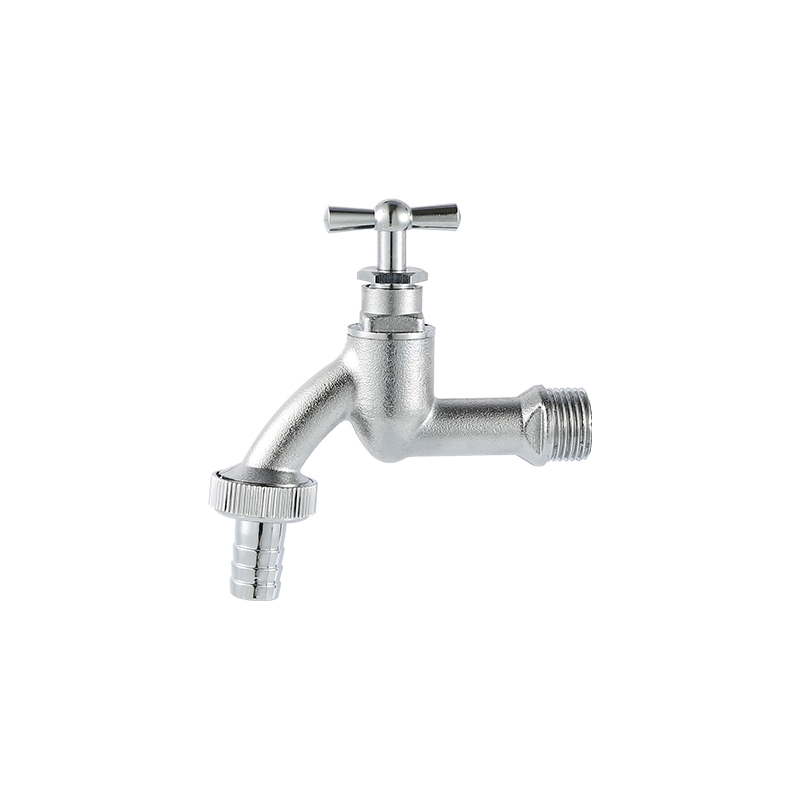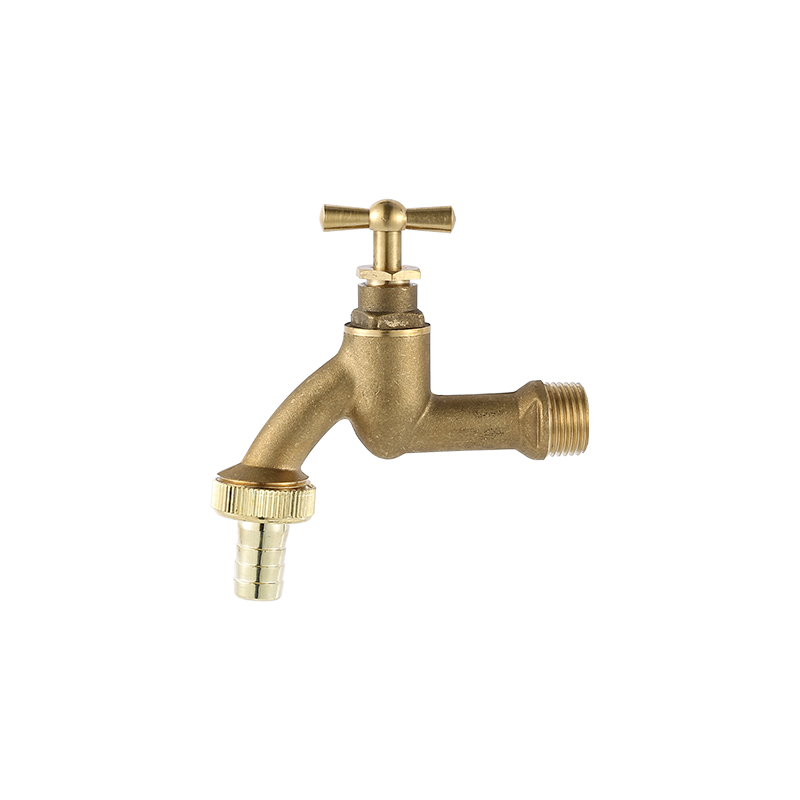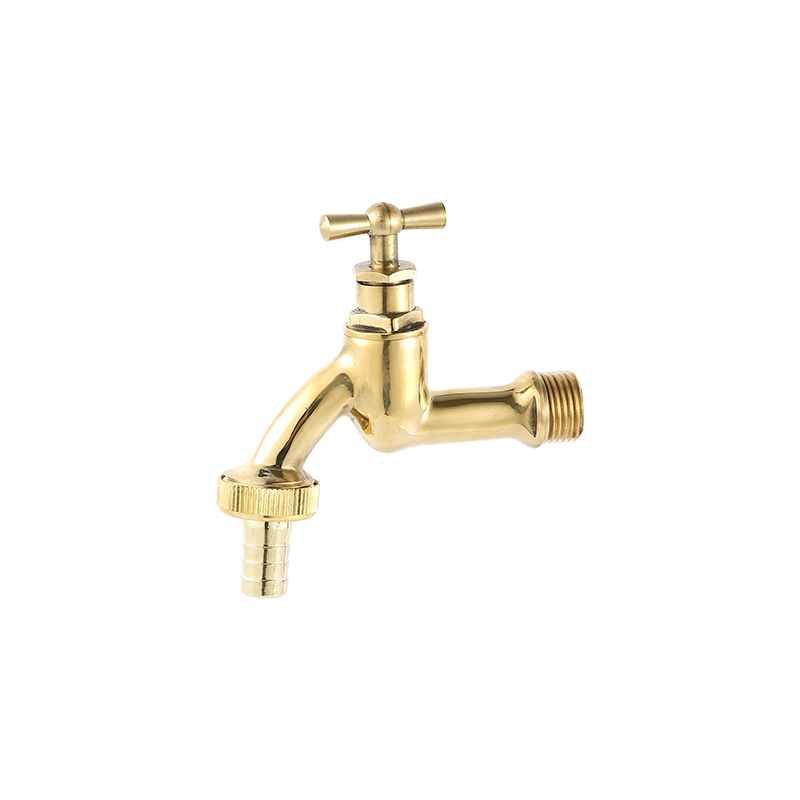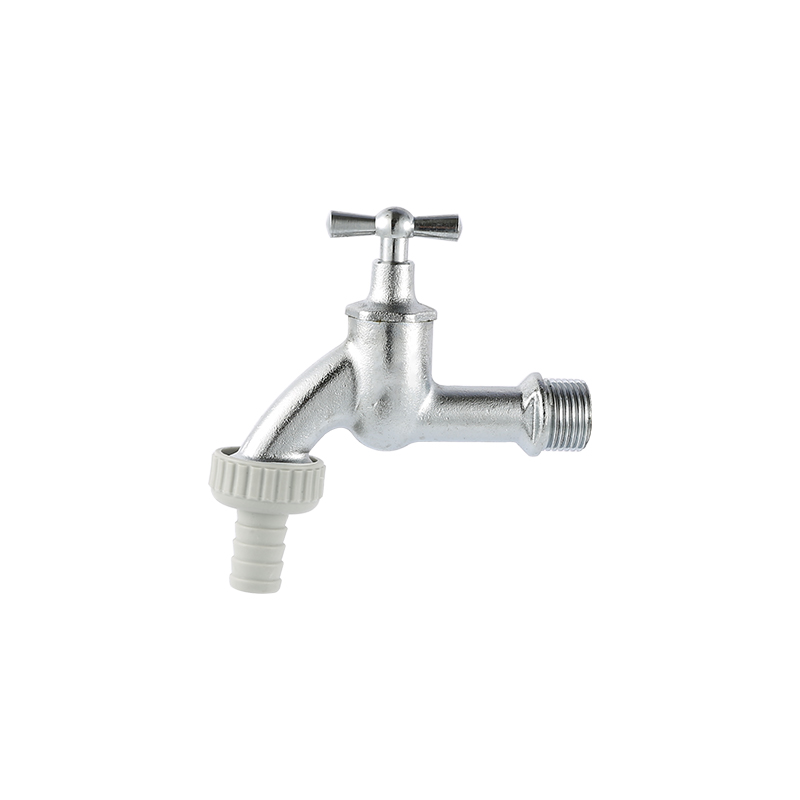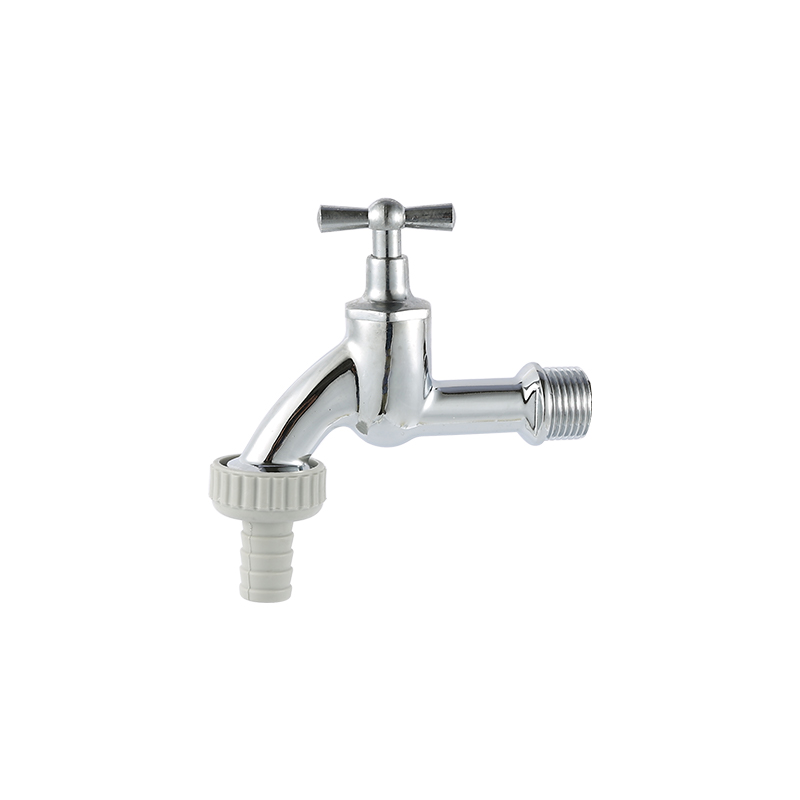There are two types of brass angle valve leakage: internal leakage and external leakage. Internal leakage mainly affects the function of the valve. External leakage will not only cause the loss of medium, but also pose a hidden danger to the surrounding equipment and personnel, pollute the environment, and have a great impact.
There are two main parts of the valve leakage, one is the leakage at the connecting flange of the valve body and the bonnet, and the other is the leakage at the packing.
The valve body and bonnet connection flange are sealed by tightening bolts and pressing gaskets. The reasons for leakage are as follows:
• Stress relaxation occurs in the bolt due to thermal shock, resulting in insufficient pre-tightening force of the bolt; or uneven bolt tightening.
• The hardness of the gasket is higher than that of the flange, or the contact between the gasket and the flange joint surface is not strict due to aging failure or mechanical vibration.


• The contact surface has low precision (groove, chipping, etc.), and is corroded or leaked by the medium.
• The gasket is deflected during assembly, and the partial preload is excessive, which exceeds the design of the gasket, resulting in insufficient local sealing specific pressure.
Treatment: If the disassembly conditions are not available on site, loosen all the bolts in the flange of the valve body and the bonnet, and re-tighten the bolts evenly and symmetrically. When overhauling, disassemble the valve, replace the sealing gasket, reassemble the valve, and tighten the bolts evenly and symmetrically according to the prescribed pre-tightening force.
When designing the valve, the bolt pre-tightening force should be calculated, and the bolt pre-tightening torque range should be given on the drawing. When assembling the valve, use the torque wrench to control the bolt pre-tightening force, and apply the pre-tightening force evenly and symmetrically. Replace gaskets regularly. Improve the machining accuracy of the sealing surface. The design adopts multiple sealing structure to prevent leakage.


 English
English 中文简体
中文简体
